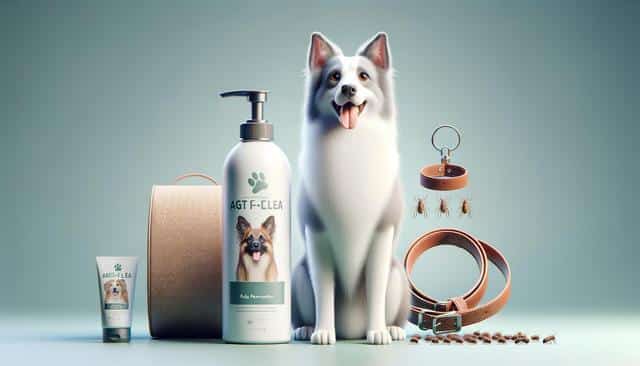A Practical Guide to Keeping Your Dog Comfortable and Flea-Free
Worried about fleas making your dog uncomfortable? This guide to flea prevention and treatment explores practical ways to spot, manage, and help prevent infestations—so your dog can stay healthy and at ease all year long.

Understanding Flea Infestations
Fleas are more than just a nuisance; they can cause significant discomfort and health issues for your dog. These tiny, wingless insects thrive on the warmth and humidity provided by your dog’s fur, making any canine a potential host. Fleas can cause itching, redness, and allergic reactions, leading to secondary infections if left untreated. It’s essential to understand the life cycle of fleas, which includes eggs, larvae, pupae, and adults, to effectively break the cycle of infestation. Identifying flea presence early can prevent the spread to other pets and areas of your home. Common signs include excessive scratching, visible flea dirt (small black specks), and pale gums indicating anemia in severe cases.
Effective Prevention Strategies
Preventing fleas from settling on your dog is far more effective and less stressful than dealing with an infestation. Consider the following strategies to safeguard your dog from these parasites:
- Regular grooming: Brushing your dog’s coat frequently helps in spotting fleas early and reduces the chances of an infestation.
- Topical treatments: These are applied directly to your dog’s skin and offer long-lasting protection against fleas.
- Oral medications: These are convenient and can work quickly to kill fleas. Consult your veterinarian for the appropriate medication.
- Flea collars: These can provide months of protection by releasing chemicals that repel fleas.
Each of these methods has its advantages, so it’s crucial to consult with a veterinarian to choose the most suitable option for your dog based on its size, age, and health condition.
Natural Remedies and Solutions
For those looking to avoid chemicals, natural remedies can offer a safer alternative in preventing fleas. Some effective natural options include:
- Essential oils: Oils such as lavender, peppermint, and eucalyptus can be used in diluted form to repel fleas.
- Apple cider vinegar: Adding a small amount to your dog’s water can make their skin less appealing to fleas.
- Herbal flea sprays: These can be created with a mixture of essential oils and water.
While natural remedies can be part of your flea prevention strategy, they might not be as effective as conventional treatments, particularly in severe infestations. Always test a small amount of any natural product on your dog’s skin to ensure there is no adverse reaction.
Cleaning and Home Maintenance
Even with diligent care, fleas can still find their way into your home. Keeping your living space clean is essential in controlling flea populations. Regularly wash your dog’s bedding in hot water to kill any fleas or eggs. Vacuum carpets, rugs, and furniture frequently, as fleas can lay eggs in these areas. Consider using a flea spray or powder for your home, especially in areas where your dog spends the most time. Additionally, maintaining a clean outdoor environment by keeping your lawn trimmed and removing debris can reduce flea habitats around your home.
Consulting Your Veterinarian
When it comes to flea prevention and treatment, your veterinarian is an invaluable resource. They can provide tailored advice considering your dog’s health, lifestyle, and any existing medical conditions. Your vet might recommend specific products or treatments based on the latest research and efficacy data. Regular check-ups can also help in early detection of fleas or any related health issues, ensuring your dog stays comfortable and healthy.
Conclusion
Keeping your dog flea-free requires a proactive approach that combines grooming, preventive treatment, and a clean environment. By understanding how fleas operate and having a strategy to prevent and manage infestations, you can significantly enhance your dog’s comfort and health. Remember, consulting with your veterinarian will provide the most effective plan tailored to your dog’s specific needs, helping them enjoy a flea-free life all year round.